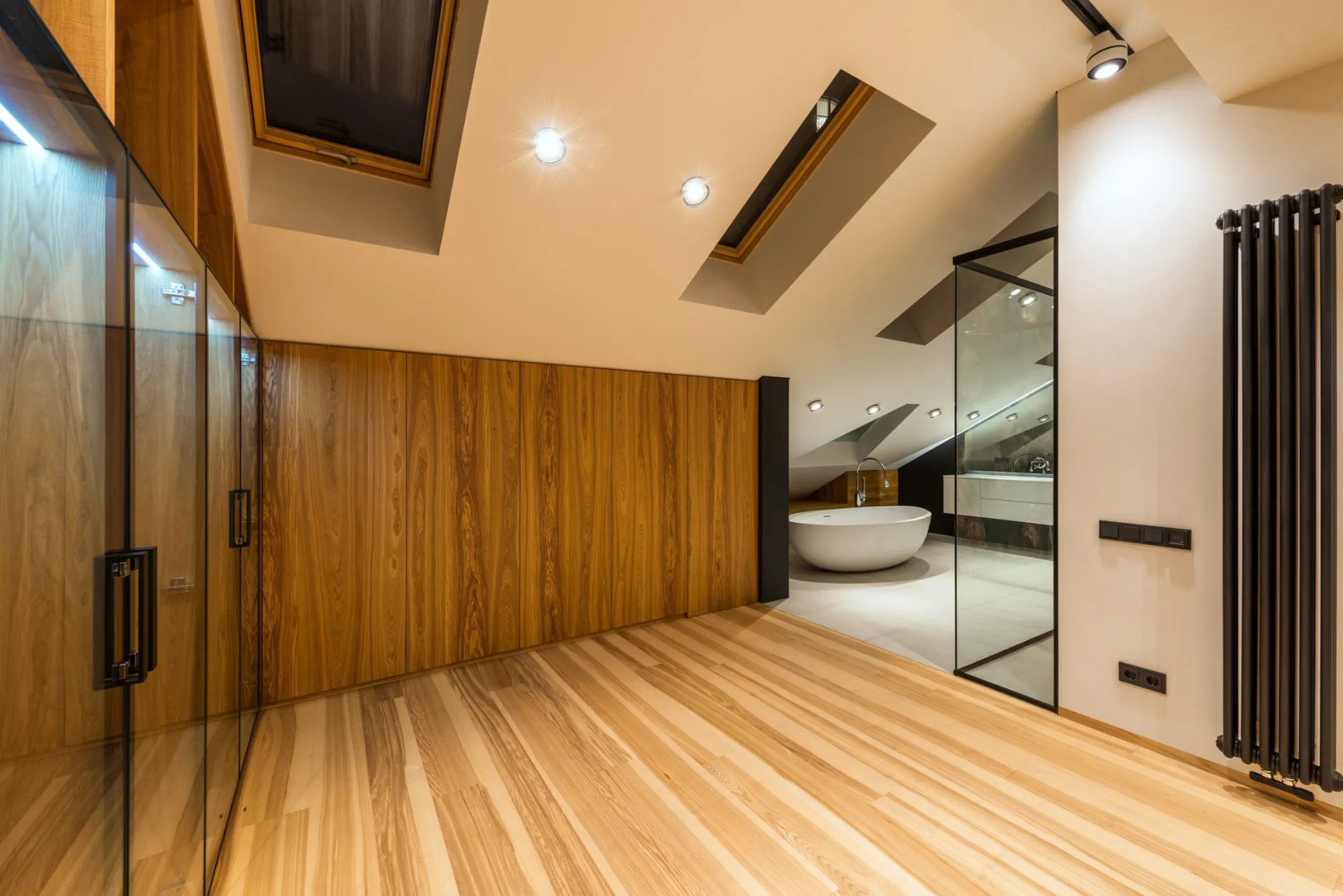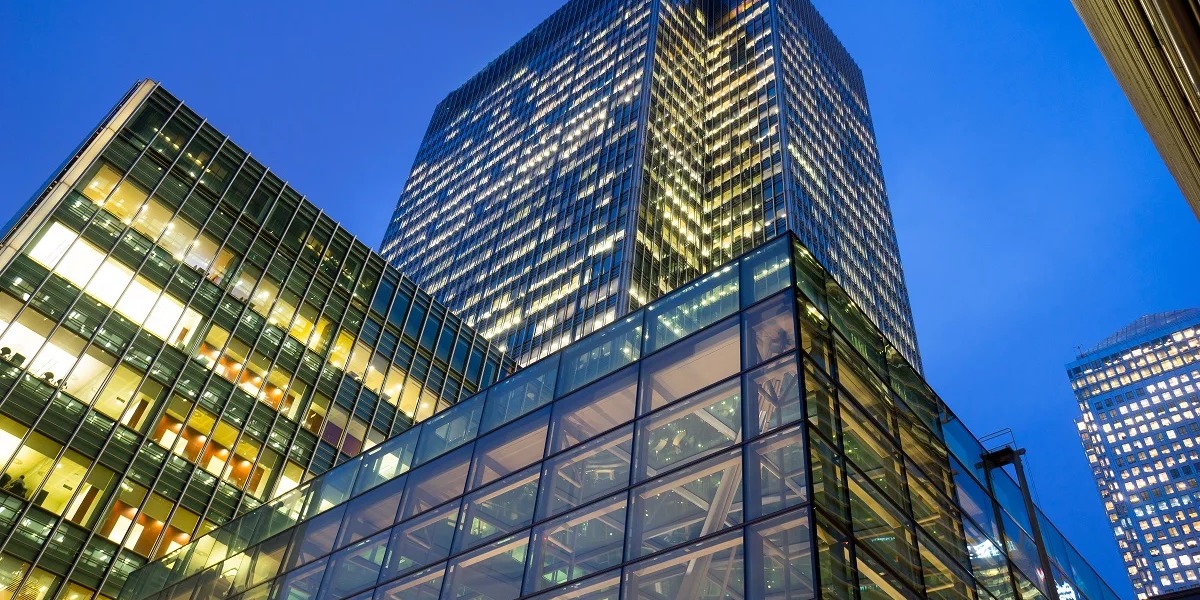In recent years, eco-friendly design has become an integral part of modern interior trends. This is especially true for lofts, where open spaces and minimalist aesthetics meet functionality and sustainability.
Eco-friendly loft floors are sustainable flooring options made from materials that are both environmentally responsible and health-conscious.
These floors help reduce the carbon footprint of a home while offering a stylish and durable solution for interior design.
As people become more conscious of the environment and the need to reduce waste, eco-friendly loft floors are quickly gaining popularity due to their low environmental impact and health benefits.
Loft spaces, typically known for their open, industrial feel, can benefit from eco-friendly floors in many ways. These floors are not only attractive but also contribute to a sustainable living space.
The appeal of lofts lies in their versatility, which makes them ideal for showcasing sustainable, natural materials that complement the exposed brick walls, high ceilings, and large windows common in such settings.
Eco-friendly floors are an excellent choice for those looking to maintain an environmentally responsible lifestyle while also enhancing the overall aesthetic of their living space.
Characteristics of Eco-Friendly Loft Floors
One of the key attributes of eco-friendly loft floors is the use of sustainable materials. These materials are renewable, biodegradable, or recycled, ensuring that they leave a minimal environmental footprint.
Bamboo is a prime example of a sustainable material because it is a fast-growing grass that requires no pesticides or fertilizers.
Cork is another popular option, as it comes from the bark of cork oak trees, which regenerate after harvesting.
Reclaimed wood, often sourced from old barns or factories, is a great way to repurpose existing materials, reducing the need for new timber.
Eco-friendly loft floors are also designed with a focus on low environmental impact throughout their lifecycle. This includes sustainable sourcing, energy-efficient production processes, and minimal chemical treatments that can harm the environment.
Choosing materials that are durable and require fewer resources to produce or replace contributes significantly to reducing the overall carbon footprint of a building.
Additionally, eco-friendly floors are built to last, which is a crucial characteristic. Durable flooring options like bamboo, cork, and reclaimed wood can stand up to heavy foot traffic, resist wear and tear, and last for decades.
This reduces the need for frequent replacements and minimizes the amount of flooring waste that ends up in landfills.
Popular Eco-Friendly Flooring Options for Lofts
Bamboo flooring is one of the most popular choices for eco-conscious homeowners. Bamboo is a highly renewable resource, growing back rapidly after being harvested.
It also offers strength and flexibility, making it an excellent alternative to hardwood floors.
Bamboo’s natural texture and sleek finish lend themselves well to modern loft interiors, providing an attractive, sustainable flooring option that is both affordable and durable.
Cork flooring is another eco-friendly option that is well-suited for loft spaces. Cork is harvested from the bark of cork oak trees, which regenerate every nine years without the need for the tree to be cut down.
This makes cork one of the most sustainable flooring materials available. In addition to being environmentally friendly, cork provides natural insulation and noise reduction, making it an excellent choice for lofts where soundproofing can be a concern. Its soft, cushioned texture also offers comfort underfoot.
Reclaimed wood is another sought-after eco-friendly flooring option, especially for lofts with a rustic or industrial aesthetic.
Salvaged wood from old buildings, barns, or warehouses is repurposed into new flooring, helping to reduce deforestation and prevent waste.
Reclaimed wood adds character and warmth to any loft, with each piece telling a unique story through its imperfections, patinas, and natural aging.
It is both eco-friendly and stylish, making it an ideal choice for those looking to incorporate sustainable materials into their interior design.
In addition to these materials, natural fiber flooring options like sisal, jute, or hemp are also gaining traction in eco-conscious design.
These natural fibers are biodegradable, renewable, and often require little processing compared to synthetic alternatives.
They offer a unique texture and aesthetic, making them a great choice for lofts that embrace earthy, sustainable living.
Loft boarding is an efficient and practical solution for transforming unused loft space into valuable storage or even a functional area, making it a popular choice for homeowners looking to maximize their home’s potential without costly renovations.
By installing sturdy, raised boards above the loft’s insulation, loft boarding creates a safe and accessible storage surface while preserving energy efficiency by avoiding compression of the insulation.
This approach not only increases storage space but also protects items from damage caused by insulation exposure.
Many people find that loft boarding allows them to organize their belongings more effectively, freeing up living areas while providing easy access to stored items.
With options for partial or full boarding, depending on storage needs and budget, loft boarding can be a flexible home improvement choice.
Furthermore, as it can be installed relatively quickly, loft boarding is an ideal way to add value to a home, improve energy efficiency, and create a more organized living environment, all without requiring major construction work.
Benefits of Eco-Friendly Loft Floors
The most obvious benefit of choosing eco-friendly loft floors is the positive impact on the environment. Sustainable flooring materials like bamboo, cork, and reclaimed wood help preserve forests, reduce waste, and limit the environmental degradation caused by mining or deforestation.
By opting for these materials, homeowners contribute to a more sustainable building industry and help mitigate climate change.
Eco-friendly loft floors also provide numerous health benefits. Many conventional flooring options, especially vinyl or laminate, can release volatile organic compounds (VOCs) into the air, which can negatively affect indoor air quality.
Eco-friendly floors are typically low in VOCs or VOC-free, which means they promote healthier indoor air and reduce the risk of respiratory problems, allergies, and other health issues.
Additionally, eco-friendly flooring options often come in natural finishes, which are not only better for health but also add to the aesthetic appeal of the space.
Whether it’s the rich grain of reclaimed wood or the smooth finish of bamboo, sustainable materials offer an organic, timeless look that complements a variety of design styles.
These floors blend seamlessly with the open and airy feel of lofts, creating an inviting atmosphere that enhances both comfort and style.

Installation and Maintenance of Eco-Friendly Loft Floors
Installing eco-friendly floors in a loft space requires careful planning and attention to detail. Depending on the material, some types of eco-friendly flooring may need professional installation, especially if they are more complex or require special treatment (e.g., bamboo or cork).
Loft flooring is a defining element in loft-style spaces, setting the tone for aesthetics, functionality, and comfort.
Choosing the right loft flooring can enhance the unique architectural features of lofts, like open layouts and high ceilings, while complementing their industrial charm.
Popular choices for loft flooring include eco-friendly options such as reclaimed wood, bamboo, cork, and polished concrete, each offering durability and a distinct style that aligns with the spacious and airy vibe of loft living.
Reclaimed wood, with its rustic appeal, adds warmth and character, while bamboo and cork provide renewable, sustainable choices that contribute to a healthier indoor environment by reducing VOC emissions.
Polished concrete is another popular loft flooring option, offering a sleek, industrial look with minimal maintenance and excellent longevity.
In larger loft spaces, flooring that provides sound insulation, such as cork, can improve acoustics, making the space feel more intimate.
By choosing sustainable loft flooring, homeowners not only create a stylish, modern space but also support environmentally responsible living, making flooring an impactful design and lifestyle choice for contemporary lofts.
However, some flooring materials, such as cork or engineered wood, can be installed as DIY projects, provided the space is adequately prepared.
Maintaining eco-friendly floors is relatively simple, though the level of care required depends on the material chosen.
Bamboo and cork floors can be easily swept and mopped, while reclaimed wood floors may require occasional refinishing to maintain their beauty.
Regardless of the material, regular cleaning and maintenance can extend the life of the floor and ensure it continues to look great for years.
Cost is another factor to consider when installing eco-friendly loft floors. While the initial investment may be higher than that of traditional flooring options, the long-term savings and benefits often outweigh the initial cost.
Many eco-friendly materials are more durable and require less frequent replacement, which can save homeowners money in the long run.
Furthermore, the installation of eco-friendly floors can increase the value of a loft, making it a wise investment for those looking to sell or rent their property.
Challenges of Eco-Friendly Loft Floors
While eco-friendly loft floors offer numerous advantages, there are some challenges to consider. One of the main concerns for homeowners is the initial cost.
Sustainable materials such as bamboo, cork, and reclaimed wood can be more expensive than traditional flooring options like laminate or vinyl.
However, these costs are often offset by the long lifespan of eco-friendly floors, as well as their energy-saving and health benefits.
Another challenge is the availability of eco-friendly flooring options. Depending on location, it may be more difficult to source locally produced sustainable materials, especially if the materials are not widely available in your region.
However, many eco-friendly manufacturers are now offering online shipping, making it easier to access sustainable flooring materials regardless of location.
Lastly, some eco-friendly floors, particularly those made from natural wood or cork, may require more maintenance over time compared to synthetic options.
While these floors are incredibly durable, they may be more susceptible to damage from moisture, heavy furniture, or sharp objects. Regular care and maintenance are necessary to keep them looking their best.
How to Choose the Right Eco-Friendly Flooring for Your Loft
When selecting eco-friendly loft floors, several factors need to be considered. First, think about the traffic levels in your loft.
If the space experiences high foot traffic, you’ll want a material that is durable and can withstand wear. Bamboo and reclaimed wood are both excellent choices in this regard, as they are known for their strength and longevity.
Aesthetic preferences also play a role in choosing the right flooring. The natural textures and finishes of bamboo, cork, and reclaimed wood can complement various design styles, from rustic and industrial to modern and minimalist.
Choose a flooring material that matches the overall theme and vibe of your loft, ensuring it enhances the space without overpowering it.
It’s also essential to consider the climate and moisture levels of your loft.Ensure the flooring material you choose is suitable for the specific conditions of your living space.
For areas with high humidity or temperature fluctuations, materials like cork or bamboo are ideal due to their resistance to expansion and contraction.
Finally, look for eco-certifications to ensure that the materials are truly sustainable.
Certifications such as the Forest Stewardship Council (FSC) for wood products or GreenGuard for low-VOC materials can provide peace of mind that you are selecting a genuinely eco-friendly option for your loft.
Eco-friendly loft floors are an excellent choice for those looking to embrace sustainability without sacrificing style or functionality.
From bamboo and cork to reclaimed wood and natural fibers, these flooring options provide a range of benefits, including environmental conservation, improved indoor air quality, and long-lasting durability.
While there may be some challenges, such as higher initial costs or the need for more maintenance, the advantages far outweigh the drawbacks.
By choosing eco-friendly floors, homeowners can enjoy a healthier, more sustainable living space while contributing to a greener planet.





